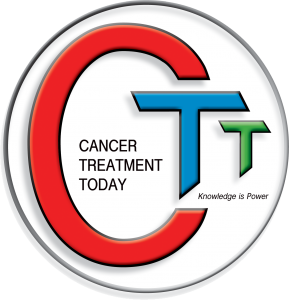Stroke in young age – pro
Both ischemic and hemorrhagic strokes can occur in this location and aching cause severe morbidity. n as many as 35% of cases, the underlying etiology remains unclear. Importantly, while atherosclerosis remains an important risk factor (accounting for 15–25% of strokes in young adults , and an even greater proportion among certain ethnicities), cardioembolic stroke is more common among younger patients (15–35% of cases) . Other causes that are more frequent in young people include extracranial artery dissection (2–25% of cases) migraine (up to 20% of cases although thorough studies excluding alternate possible causes suggest migraine contributes to just 1–5% of cases [23, 29, 33–36]), and drug use (up to 5% of cases, depending on the frequency of use in a given population [29]). Oral contraceptive use has been implicated in up to 8% of cases of young stroke in some populations]. Apart from antiphospholipid antibody syndrome (5–10% of cases) inherited coagulation disorders do not appear to play a large role in young stroke in the absence of right to left venoarterial shunting.
No guidelines that recommend hypercoagulability testing in younger patients with this kind of stroke. In general, the field has moved away from routine testing for hypercoagulability, because the yield is very low. As such, I do not recommend approval.
